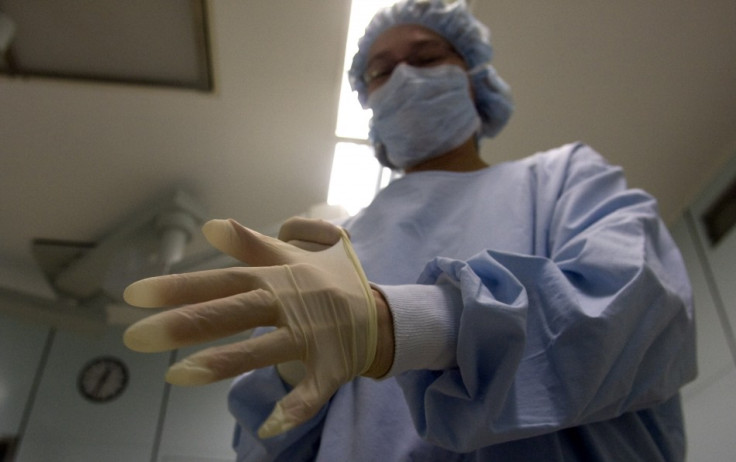Have Israeli Scientists Discovered the Secret of Eternal Youth?
Scientists have succeeded in turning skin cells from elderly heart failure patients into healthy heart muscle cells of a new born baby.

The groundbreaking research, which allows the new muscle cells to integrate with existing tissue and repair the organ, suggests it may be possible to treat heart failure patients with their own stem cells.
Published in the European Heart Journal, the research, described as "exciting" by editor-in-chief Dr Thomas F Lüscher, could offer a new approach to the problem of a patient's body rejecting donor cells.
It is the first evidence that human-induced pluripotent stem cells (hiPSCs) can be successfully taken from elderly and diseased patients and successfully integrated with existing tissue to make healthy cells.
The research was led by Lior Gepstein, professor of medicine and physiology at the Sohnis research laboratory for cardiac electrophysiology and regenerative medicine, Technion-Israel Institute of Technology and Rambam Medical Center in Haifa, Israel.
He said: "What is new and exciting about our research is that we have shown that it's possible to take skin cells from an elderly patient with advanced heart failure and end up with his own beating cells in a laboratory dish that are healthy and young - the equivalent to the stage of his heart cells when he was just born."
Skin cells were taken from two male heart failure patients, aged 51 and 61. They were then "reprogrammed" with the inclusion of three genes and a molecule of valprolic acid was added to the nucleus.
Gepstein explained that a common problem with the creation of hiPSCs was the subsequent inclusion of the gene c-Myc, which is known to cause cancer.
The researchers were able to use an alternative method, which allowed a "reprogramming" virus to be added to the cell and taken away to avoid the dangerous gene being formed.
The new hiPSC cells then went on to become heart muscles cells just as effectively as those made from young volunteers. Afterwards, they were cultured with existing cardiac tissue and were beating together within 48 hours.
The new tissues that were created were then transplanted into the hearts of healthy rats and started to connect with the host tissue.
Gepstein said: "In this study we have shown for the first time that it's possible to establish hiPSCs from heart failure patients - who represent the target patient population for future cell therapy strategies using these cells - and coax them to differentiate into heart muscle cells that can integrate with host cardiac tissue."
Implications
The researchers are keen to stress that a lot of further research is required before it would be possible to use hiPSCs on humans as a form of treatment - with at least five to 10 years before clinical trials could be carried out.
"There are several obstacles to clinical translation," Gepstein said, adding that further industry funding would be required "since it is likely to be a very expensive endeavour".
He added: "One of the obstacles in dealing with this issue is that, at this stage, we can only transplant human cells into animal models and so we have to treat the animals with immunosuppressive drugs so the cells won't be rejected."
© Copyright IBTimes 2025. All rights reserved.





















